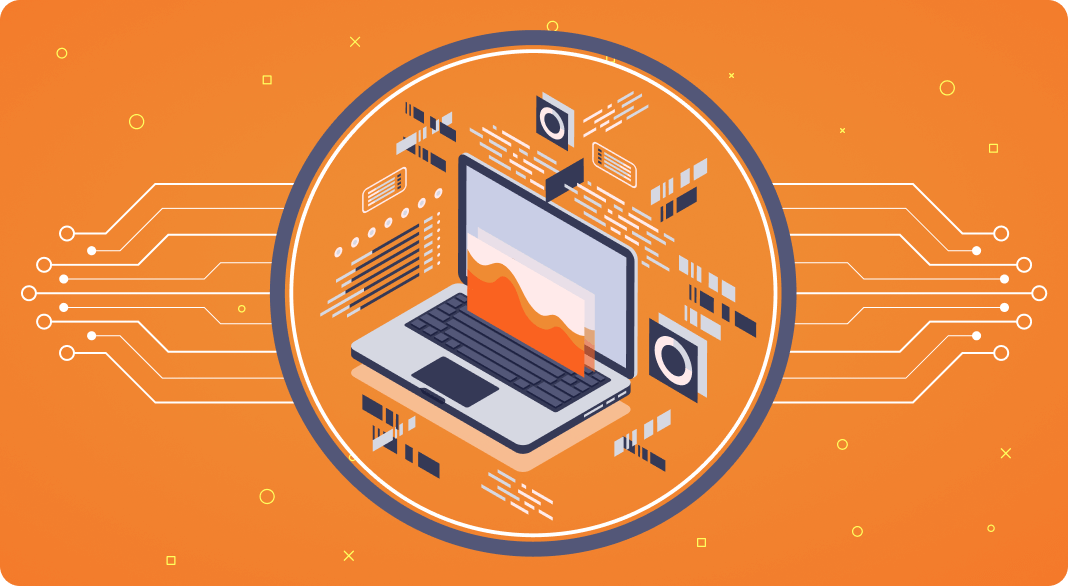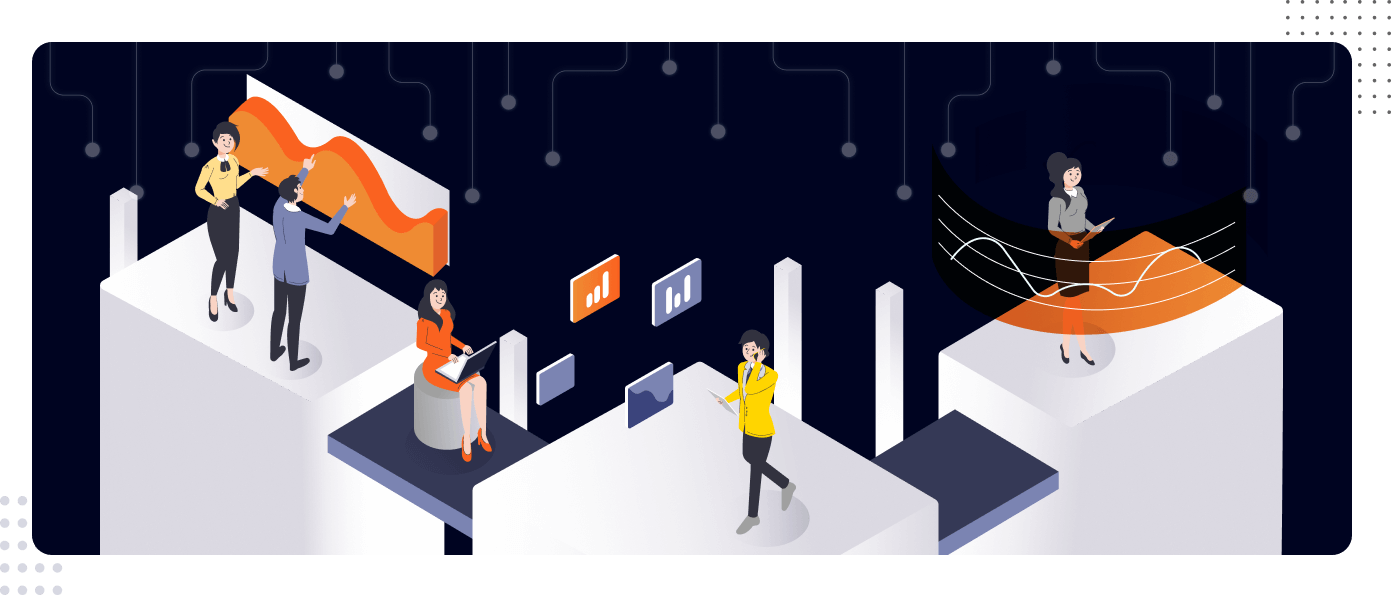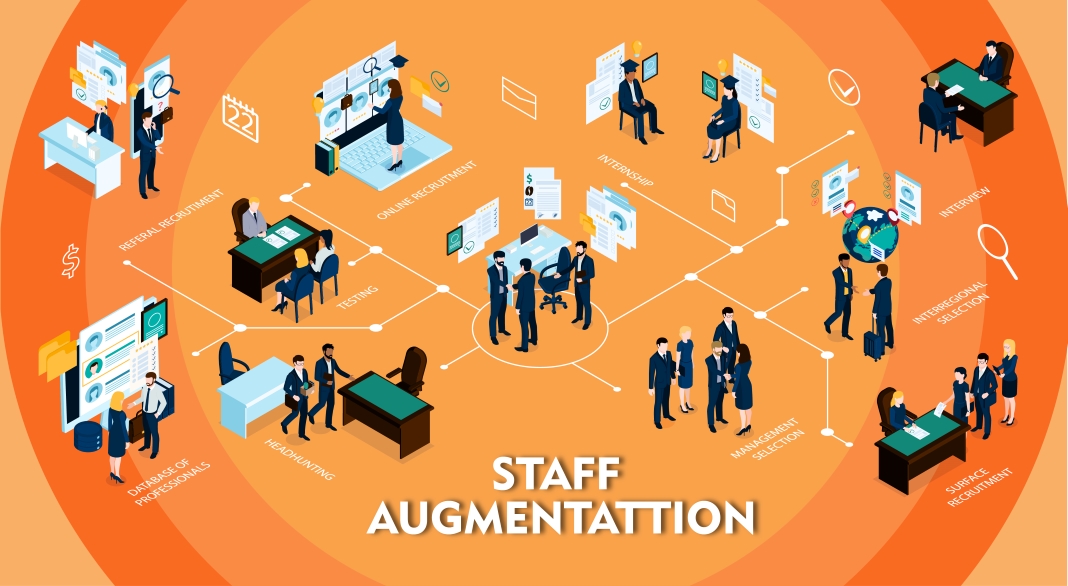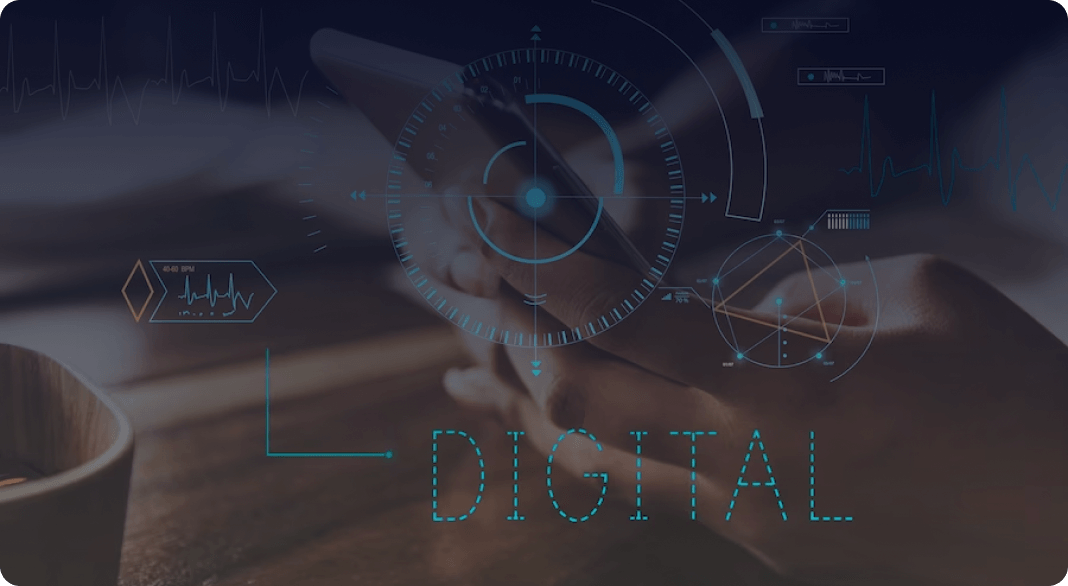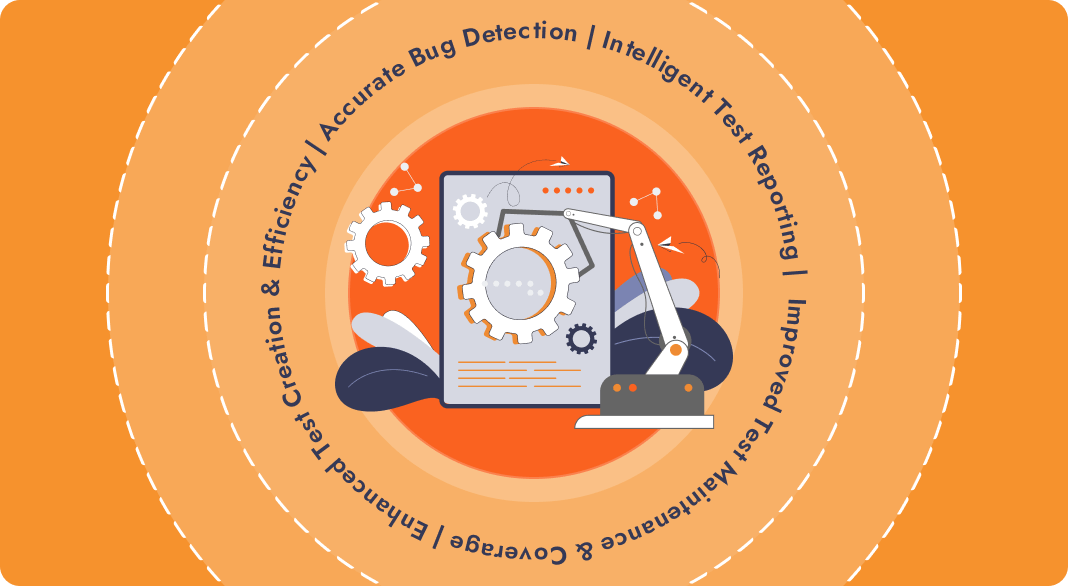In today's fast-paced business environment, companies need to be agile and adaptable. One way to achieve this is by adopting cloud computing technology. The benefits of cloud computing are numerous, including cost savings, scalability, and enhanced data accessibility.
- Cost Savings: Moving your IT infrastructure to the cloud can result in significant cost savings for businesses. With a pay-as-you-go model, you only pay for what you use instead of investing in expensive hardware that may not be fully utilized. Additionally, maintenance costs are reduced since the provider handles updates and upgrades.
- Scalability: The ability to scale up or down quickly is another advantage of using cloud services. Businesses no longer have to worry about purchasing additional hardware or software when they experience growth or seasonal fluctuations in demand. Instead, they can simply adjust their usage levels with their provider as needed.
- Data Accessibility: Cloud computing allows employees access to company data from anywhere with an internet connection - even on mobile devices - making it easier than ever before for teams across different locations and time zones to collaborate effectively.
There are several types of cloud models available: public clouds (such as Amazon Web Services), private clouds (which operate within a single organization), and hybrid clouds (a combination of both). Each has its own advantages depending on specific business needs.
Cloud computing is revolutionizing the way businesses operate. As more companies recognize its benefits, it will become increasingly important for business leaders to understand how to implement cloud technology into their business models. Artificial intelligence (AI) is also playing an increasingly important role in cloud computing, with machine learning algorithms being used to optimize performance and improve efficiency.
Overall, adopting cloud computing can lead to significant cost savings while providing greater flexibility and accessibility for employees. With so many options available on the market today, it's essential that businesses choose a provider that meets their specific needs.

